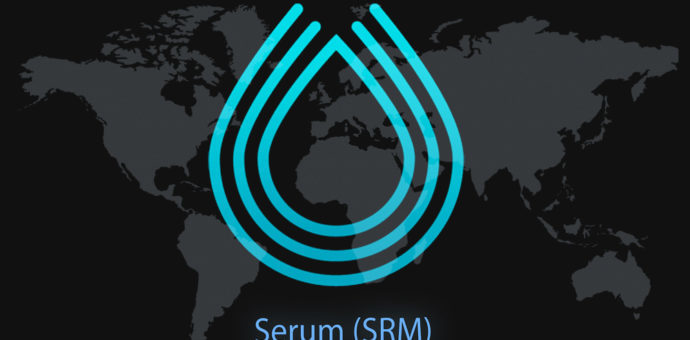This year, the FTX platform launched a decentralized exchange and gave it a governance token, the SRM. But what is this token? See below how it works and what it offers to the holders. According to Serum’s website, the exchange to which the token belongs, the idea is that it “acquires value for its usefulness, not through hyperinflation”.
On decentralized exchanges, governance tokens guarantee their holders to have an opinion on company decisions. Thus, one of the characteristics of SRM is to give decision-making power in some ecosystem issues. According to Serum’s release document, low-risk matters such as fees are on this list, for example.
In the same text, the company explained that there are 10 billion SRMs and that there will be no more production of them. At launch, however, only 10% of this total was in circulation. This volume is expected to grow by approximately 15% per year.
Besides, having SRM brings advantages in operations at Serum. For example, there is a 50% discount on all exchange fees, the possibility of paying these expenses with SRM.
SRM token market capitalization exceeds US$ 55 million
SRM trading began on August 11, when the token closed at US$ 1.57. It skyrocketed 1,500% in the 12 hours after its launch, according to CoinTelegraph. But since then, it has been adjusted and, on the day this report was written, it was trading at US$ 1.11. Its market capitalization, however, grew considerably in 4 months, to US$ 55 million, according to CoinMarketCap.
Serum is a project conceived by FTX and its owner, Alameda Research. They chose Solana because of the higher speed and lower cost of the alternative network to Ethereum. Despite this, networks are interoperable. That is, there is an integration between Solana and Ethereum that allows operating in the two ecosystems.







